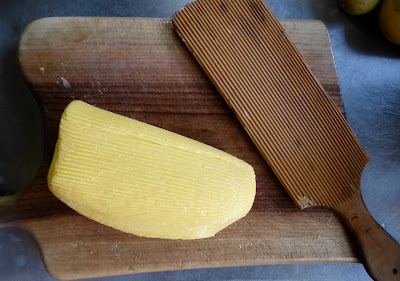Much of the garden looks like an over grown wilderness!
Buckwheat, purple sprouting broccoli and in the distance sweetcorn.

Sweetcorn has enjoyed the hot summer.

Leeks in the wilderness!
Sweet potato in the big tunnel.
Alfie with grapes in the big tunnel.
Buckwheat, purple sprouting broccoli and in the distance sweetcorn.

Sweetcorn has enjoyed the hot summer.

Leeks in the wilderness!
Sweet potato in the big tunnel.
Alfie with grapes in the big tunnel.

Aubergine and basil in the big tunnel.
Aubergines have done really well this year.
I didn't polish these ones for the photo!
Cherry tomatoes are nice in salad but one or two plants are more than enough for us.
These need picking not photographing!
These Brandywine tomatoes are delicious and grow to a great size.
They are my favorite.
They are my favorite.
My little helper loves to pick tomatoes, we are working on colors!

This one was 1lb 12 oz. (and it is all flavorsome flesh!)
While this one is larger than average, most still come in at about 1 lb.

This one was 1lb 12 oz. (and it is all flavorsome flesh!)
While this one is larger than average, most still come in at about 1 lb.
This is the last peach tree to fruit this year, they are very good!
These grapes in the small tunnel ripen later than all the others and won't be ready for another month or so.
Blackberries already? where does the summer go!
Japanese wineberries have done well this year too.
A close up of the wineberries. They are ripe when they are red.


















































